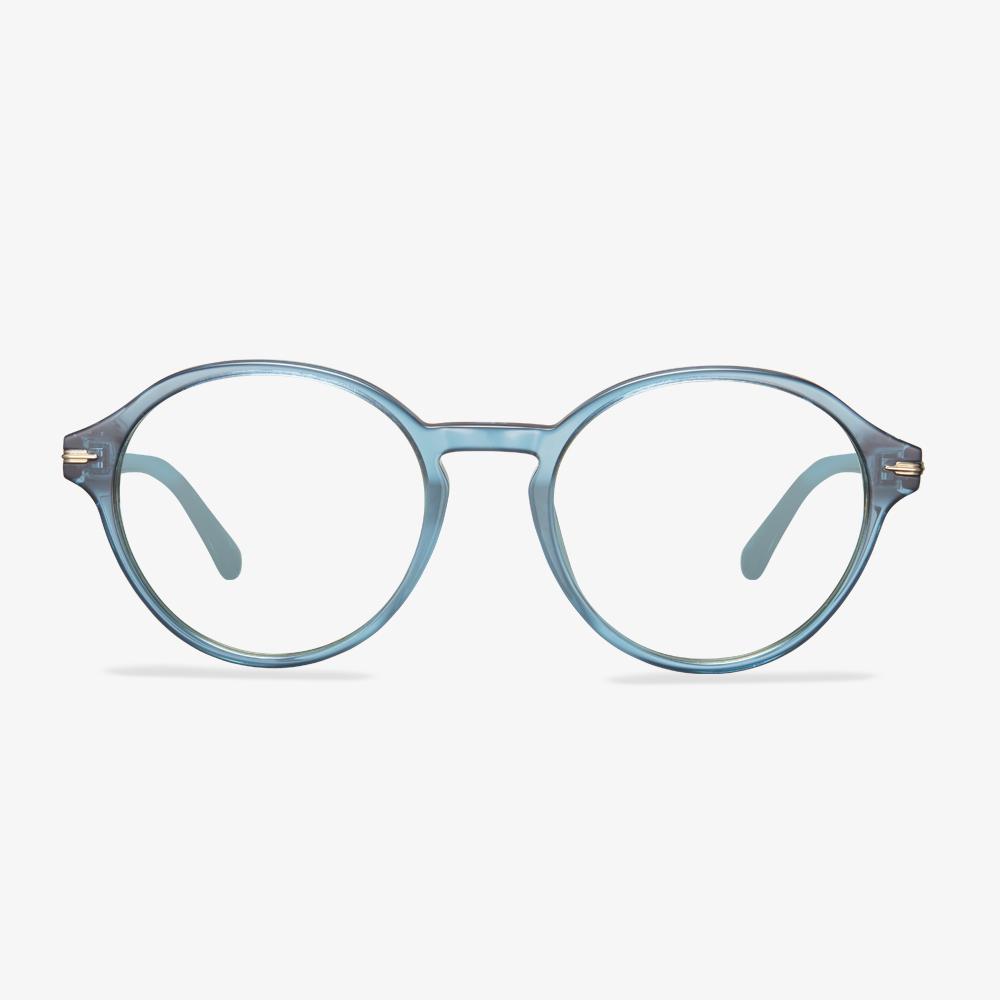Adjustment of the angle of the nose pad
For the angle of the nose pad, you can apply torque in the horizontal or vertical direction according to the deformation needs. It can be held in the proper part of the nose pad with needle-nose pliers, and the torque can be applied at a certain angle in the vertical plane or horizontal plane to achieve the purpose in accordance with the deformation needs. In the time of repeated actions, in order to prevent the welding place of the nose pad and the glasses ring from breaking due to repeated stress deformation, you can use your fingers to apply external force at the welding place to change the deformation position and play the purpose of protection.
Are night driving glasses good?
The color of night driving glasses can be selected from yellow to amber. Yellow lenses will reduce the light entering the eyes and reduce visibility. At night, this can be harmful. The lens filters out a lot of glare, but also filters out other visible light, making it difficult to see objects in dim or dark conditions.
Some people who wear night driving glasses say that they are more capable of seeing things at night. However, related test studies have shown that driving glasses at night does not improve night vision, nor can it help drivers see pedestrians faster than when they are not wearing glasses. A small study in 2019 showed that night driving glasses actually slow down the visual reflex by a fraction of a second, making night vision worse. So don't try to improve the safety of driving at night by wearing driving glasses with this kind of yellow lenses.
Does wearing sunglasses at night help driving? Like night driving glasses, sunglasses will reduce the amount of light entering the eyes, which makes them unsuitable for night driving and potentially dangerous.
The design evolution of progressive lenses
Spherical and aspheric designs
The design of the front surface of the far-use area of the early progressive lens is similar to that of the ordinary spherical single vision lenses, so it is called a spherical progressive lens. Since 1974, the front surface of the far-use region of the lens is designed to be aspheric by designers, which not only reduces the peripheral aberration but makes the lens thinner, lighter, and less powerful.
Hard and soft design
For hard design, the channel is short, and the gradient is large. The near-use area position is high. The effective visual area of remote and near-use areas was larger. Peripheral astigmatism is relatively concentrated. Because surrounding astigmatism increases rapidly and the distribution is dense, the curve effect is more obvious. The gradient area is narrow. It is more difficult and takes longer for wearers to adapt.
Lenses with soft designs have slower gradients, longer gradients, and wider gradients. The angle of rotation of the eye from the far area to the near area is greater. It's easier to get used to. Compared with the hard design, the effective visual area of the far and near use areas is smaller, and the location of the near use area is lower.
Single, diverse, and individualized design
Initially, the progressive lenses used a single design, in which each basic curve was scaled equally and a luminosity combination was added within the range of its semi-finished lens blanks. The steepest base curve uses the same lens design as the flattest base curve. Lenses designers quickly realized that the overall performance of the lens could be improved by microcustomizing the lens design, leading to progressive lenses with multiple designs. This kind of design is called diverse design. By the mid-1990s, there was the emergence of individualized lens designs. In addition to using different gradients, these first individualized lens designs used steeper baseline curves with a slightly larger approach area to compensate for increased magnification and reduced field of view.
Symmetrical and asymmetric design
There is no difference between the left and right eyes in the symmetrical design of progressive lenses. As the eyes turn inward when they see near objects, the gradual gradient area gradually tilts to the nasal side from top to bottom, so the left/right progressive lenses should be rotated clockwise/counterclockwise respectively during processing. An asymptotic lens with left and right eye divisions is called an asymmetric design. The gradient is gradually and moderately inclined to the nasal side from top to bottom. The refractive force, astigmatism, and vertical prism of the two sides of the left and right gradient of the asymmetric design lenses are basically similar. At the same time, considering the characteristics of eye movement parameters in binocular vision, the peripheral aberrations of the corresponding positions of the left and right lenses were appropriately balanced to improve the visual effect of the wearer.
How much does it cost to change the frames?
The price of changing a glasses frame is very different, from tens of yuan to thousands of yuan, mainly to see the quality of the glasses, material, and so on. Still, you should think about: the use of fixed a number of years of glasses if the glasses have wear and tear if it is worth to change.
Silhouette Titanium +SPX Gray Rimless Frame
Eachsee eyeglasses network focus on the brand frame, brand lens online matching services, and they have original worry-free matching five guarantees. This Silhouette 5506 6611 rimless glasses frame (adjustable size) uses titanium +SPX material, super light and comfortable, both for men and women. These glasses come with relevant accessories (screwdriver, spare nose pads, ear mount).
Does it take time to adjust to progressive lenses?
How long should it take to get used to progressive lenses? I have never worn glasses before.Progressive lenses were developed to allow easy switching between near and far views. Progressive glasses are divided into four parts. The upper part is the far-light region. The lower part is the near-light region, and the middle part is a variable light region. From top to bottom, if the hyperopia film is gradually increased and the myopia film is gradually decreased. The middle variable area is on both sides of the astigmatism area. Because of the prism effect, when you see things, through this area, the object will be blurred, and the eyes will feel uncomfortable. If the height of the frame itself is very small, the transition zone of progressive multi-focus is very narrow, and the eyes may not adapt to the sunglasses. The current design of progressive lenses is still not mature. Imported brands are relatively stable but expensive, and domestic brands are not mature in design. For various reasons, progressive glasses may be difficult to adapt to wearing.
Shorter lens beam
When you choose a glasses frame for kids, you must pay attention to that the lens beam must be short. The size of the lens beam stipulated by the national standard is 13~22mm. As a child, it should be controlled under 18mm. Otherwise, the position stability of the glasses will be poor.
Finally, they can not casually wear other people's glasses. The strength of each person's glasses, the distance between the optical centers of the two lenses, the length of the temple are different. So they can not casually wear other people's glasses.











































